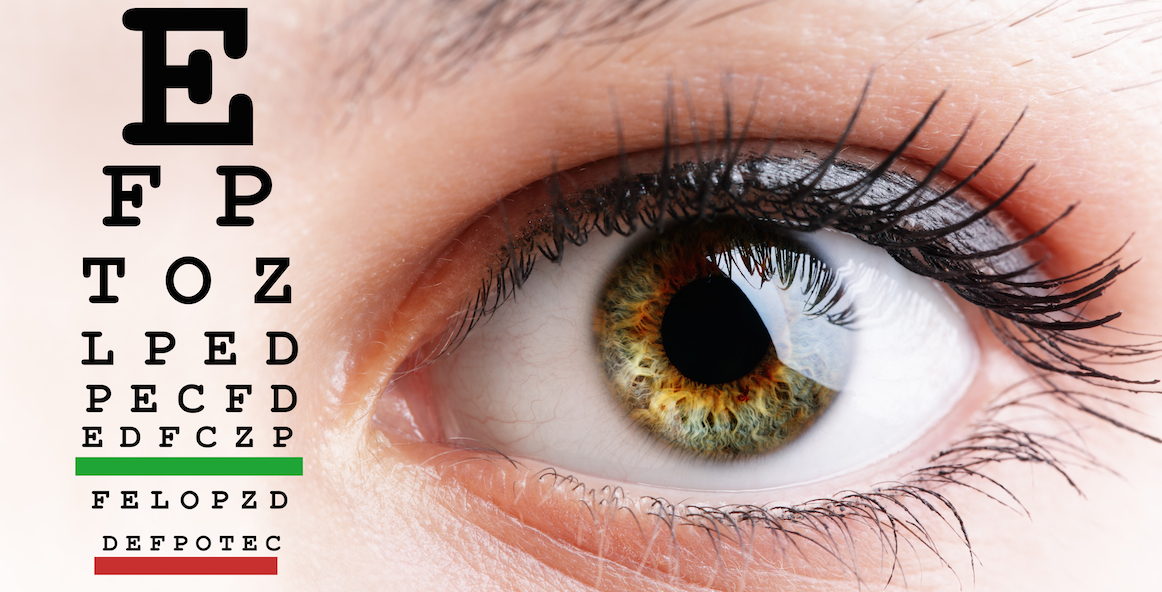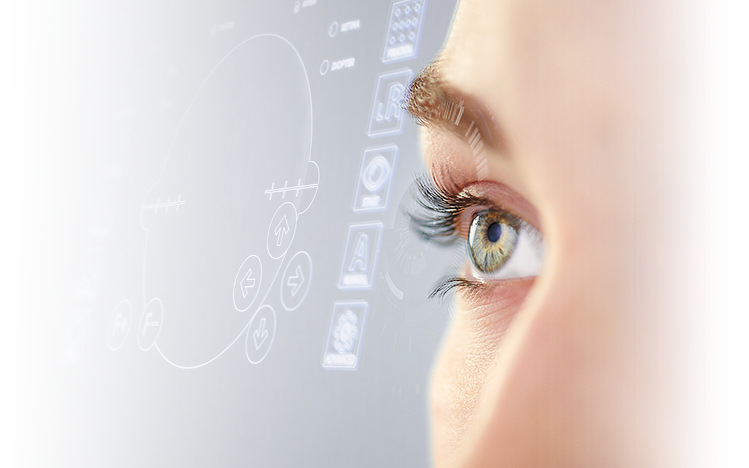Practical Glaucoma Service Near Me: Browse Through Our Experienced Clinic
Practical Glaucoma Service Near Me: Browse Through Our Experienced Clinic
Blog Article
Exploring the State-of-the-Art Technologies Used for Detecting and Dealing With Eye Problems
In the realm of ophthalmology, the evolution of technology has actually substantially improved the tools readily available for identifying and treating numerous eye conditions. From innovative imaging innovations that offer thorough understandings into eye structures to robotic-assisted operations that supply unequaled precision, the landscape of eye treatment is regularly evolving. With the assimilation of expert system in diagnostics, gene therapy technologies, and online reality rehabilitation, the possibilities for improving individual results are increasing at a quick pace. The merging of these cutting-edge innovations holds the pledge of transforming the area of ophthalmology, offering brand-new methods for customized and reliable treatments.

Advanced Imaging Technologies
Advanced Imaging Technologies have actually transformed the area of ophthalmology by providing specific and detailed visualization of the eye frameworks. Optical Coherence Tomography (OCT) sticks out as a vital innovation in this world. OCT utilizes light waves to catch high-resolution cross-sectional photos of the retina, permitting the recognition of minute architectural modifications. This non-invasive strategy help in the early detection and surveillance of various eye conditions such as macular deterioration, diabetic person retinopathy, and glaucoma.
Additionally, Fundus Photography is an additional essential tool in ocular imaging. This strategy involves catching comprehensive photos of the back of the eye, consisting of the retina and optic disc. Fundus Digital photography assists in documenting the progression of eye illness, reviewing therapy efficacy, and educating individuals concerning their eye health.

Robotic-Assisted Procedure
Robotic-assisted procedures have considerably progressed the abilities of ocular surgical procedure, ushering in a new era of precision and effectiveness in treating different eye conditions. By integrating robotic technology into procedures, ophthalmologists can attain unequaled accuracy and control, bring about improved client end results.
Among the key advantages of robotic-assisted surgical treatment in ophthalmology is the improved dexterity and stability it supplies to doctors. The robot arms can carry out accurate movements with a high level of precision, enabling delicate treatments with very little invasiveness. This level of precision is specifically helpful in surgical treatments including the retina, where even small errors can have significant effects for an individual's vision.
Additionally, robotic-assisted surgical systems give real-time imaging and comments to the cosmetic surgeon, allowing them to make educated decisions throughout the procedure. This modern technology improves the cosmetic surgeon's situational recognition and enables adjustments to be made without delay, making sure optimal outcomes for the client.
Artificial Knowledge in Diagnostics
With the development of cutting-edge innovations enhancing medical precision in sensory treatments, the combination of Artificial Knowledge in diagnostics has become a pivotal growth revolutionizing the area of eye care. Man-made Knowledge (AI) over here algorithms are being significantly utilized to examine complex information from imaging technologies like optical coherence tomography (OCT) and fundus digital photography to assist in the very early discovery and accurate diagnosis of numerous eye conditions. These AI systems can effectively recognize patterns and anomalies in pictures that might not be discernible to the human eye, enabling quicker medical diagnosis and therapy planning.
AI formulas can additionally predict disease progression, suggest individualized therapy strategies, and examine the performance of treatments. By streamlining the diagnostic procedure, AI not just boosts the efficiency of eye care professionals but also improves patient outcomes by enabling timely treatments. As AI proceeds to breakthrough, its duty in diagnostics is anticipated to broaden, using new possibilities for early intervention and tailored therapy in the area of ophthalmology.
Gene Therapy Innovations
In the world of ocular improvements, current strides in gene therapy technologies have actually stimulated significant interest amongst scientists and healthcare professionals alike. Genetics therapy holds immense assurance in changing the treatment of various eye problems Check This Out by targeting the hidden genetic reasons. By introducing genetic product into cells to make up for irregular genes or to give an absent gene, genetics therapy supplies an individualized method to addressing acquired eye conditions such as retinitis pigmentosa, Leber genetic amaurosis, and others that were formerly considered untreatable.

As research in genetics treatment remains to advancement, the a fantastic read possibility for customized therapies for a larger variety of eye conditions grows, using brand-new hope for patients with hereditary eye illness.
Virtual Truth Recovery
Virtual reality rehab has become an innovative method in boosting the healing and recovery procedures for people with different visual impairments. hearing service near me. By imitating real-world atmospheres via immersive innovation, virtual truth offers a special platform for vision therapy and recovery. This ingenious approach enables people to involve in interactive exercises and tasks designed to enhance aesthetic acuity, depth assumption, eye coordination, and general aesthetic functioning
One secret benefit of virtual truth recovery is its ability to personalize therapy programs based upon the particular requirements and capacities of each patient. With real-time responses and surveillance, healthcare experts can track progression, readjust interventions, and offer individualized like optimize outcomes. Furthermore, online fact modern technology can create a risk-free and controlled room for people to exercise aesthetic tasks, overcome challenges, and develop confidence in an online setup prior to transitioning to real-world circumstances.
Verdict
To conclude, the advancements in imaging technologies, robotic-assisted surgical treatments, man-made intelligence diagnostics, gene therapy developments, and online truth rehab have considerably improved the diagnosis and treatment of eye problems. retina service near me. These state-of-the-art technologies have actually changed the area of ophthalmology, enabling even more efficient and exact treatments. As innovation continues to evolve, the future of eye care looks encouraging with the possibility for much more innovative solutions to boost individual results
In the realm of ophthalmology, the advancement of modern technology has considerably enhanced the devices offered for diagnosing and dealing with numerous eye conditions. Fundus Digital photography helps in documenting the development of eye illness, evaluating therapy effectiveness, and educating people regarding their eye health.
Fabricated Knowledge (AI) algorithms are being significantly used to analyze intricate data from imaging technologies like optical comprehensibility tomography (OCT) and fundus photography to help in the early discovery and accurate medical diagnosis of various eye problems.In conclusion, the innovations in imaging innovations, robotic-assisted surgeries, man-made intelligence diagnostics, genetics treatment advancements, and digital truth recovery have dramatically improved the medical diagnosis and treatment of eye conditions. As modern technology continues to progress, the future of eye care looks appealing with the possibility for even more ingenious remedies to improve individual end results.
Report this page